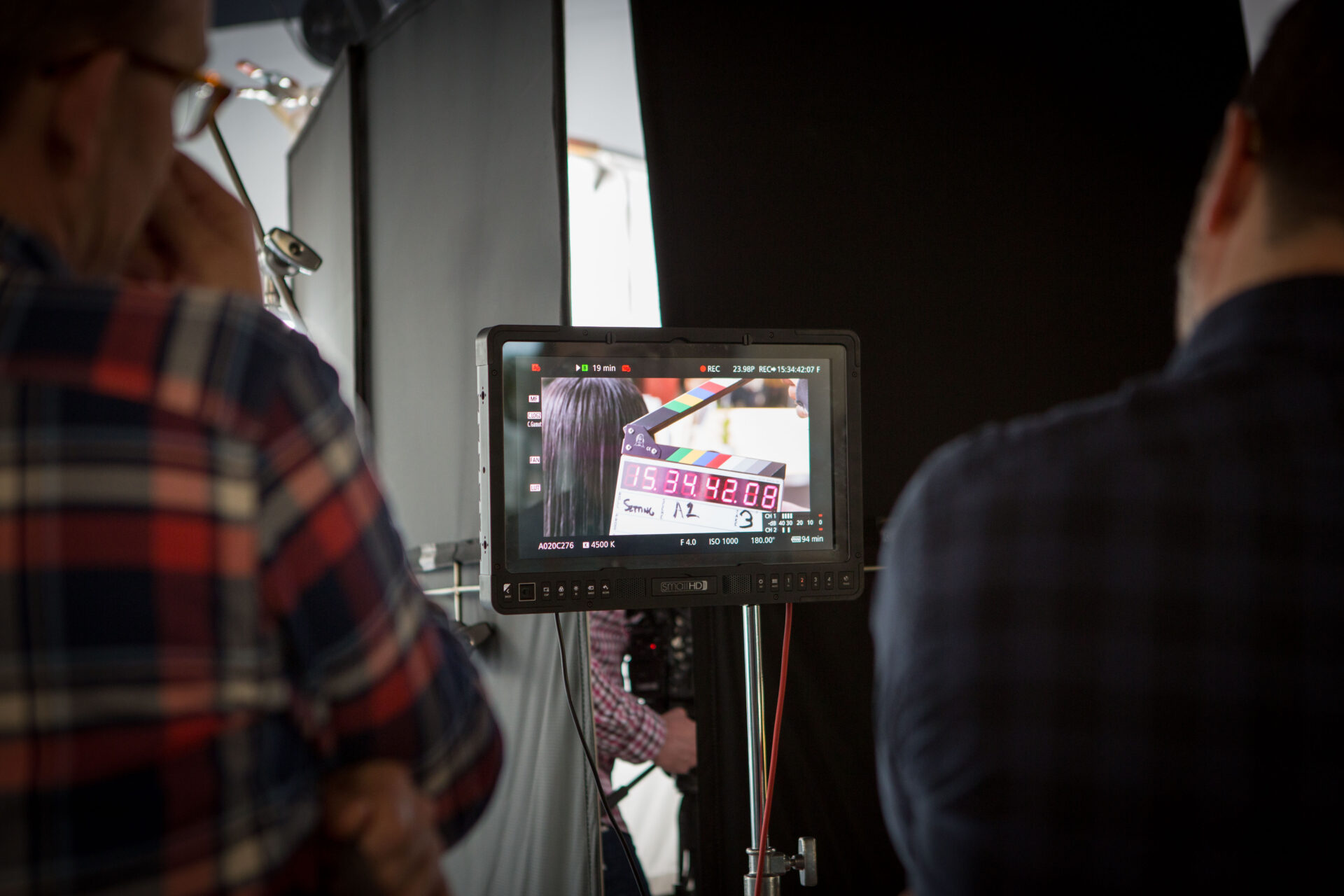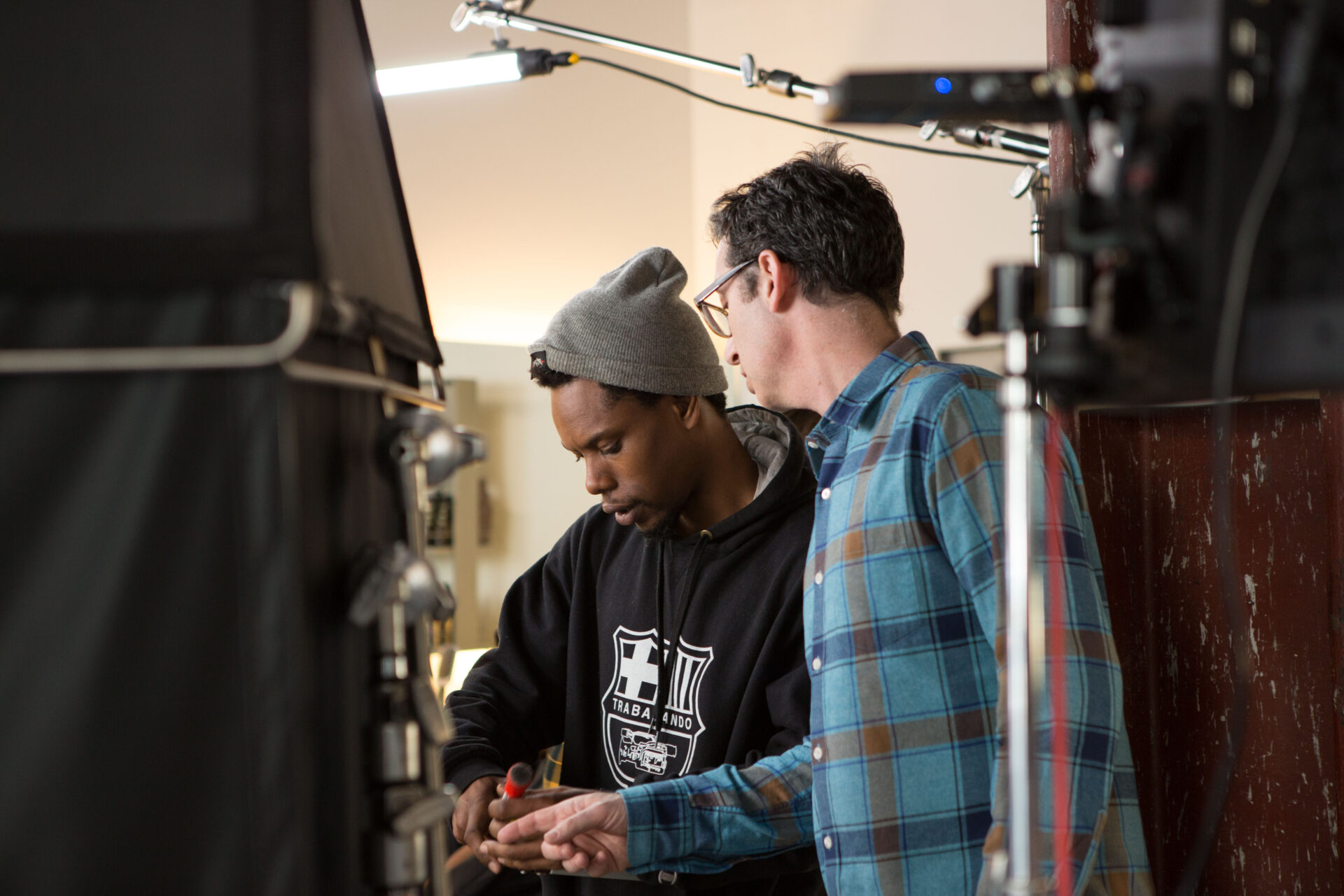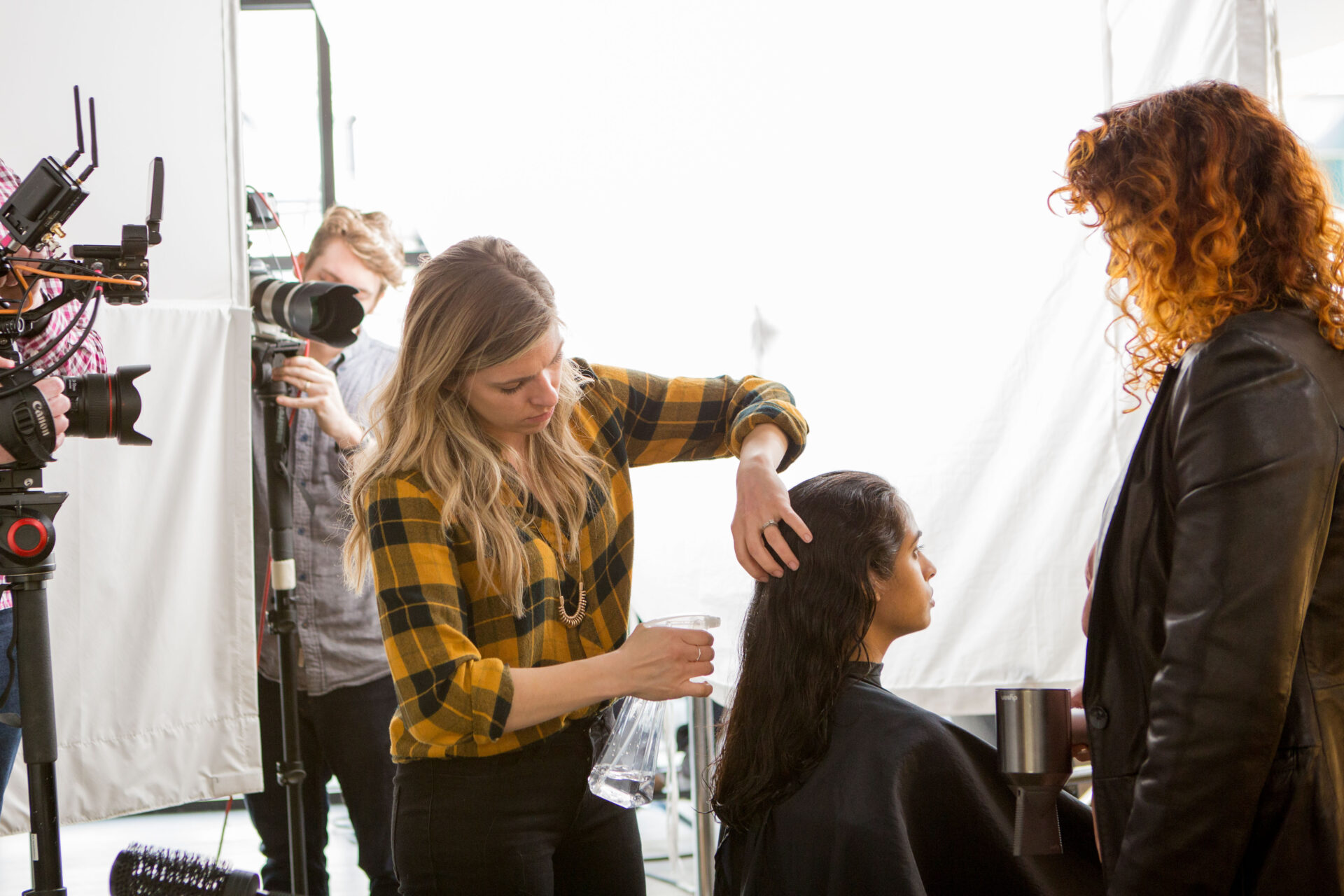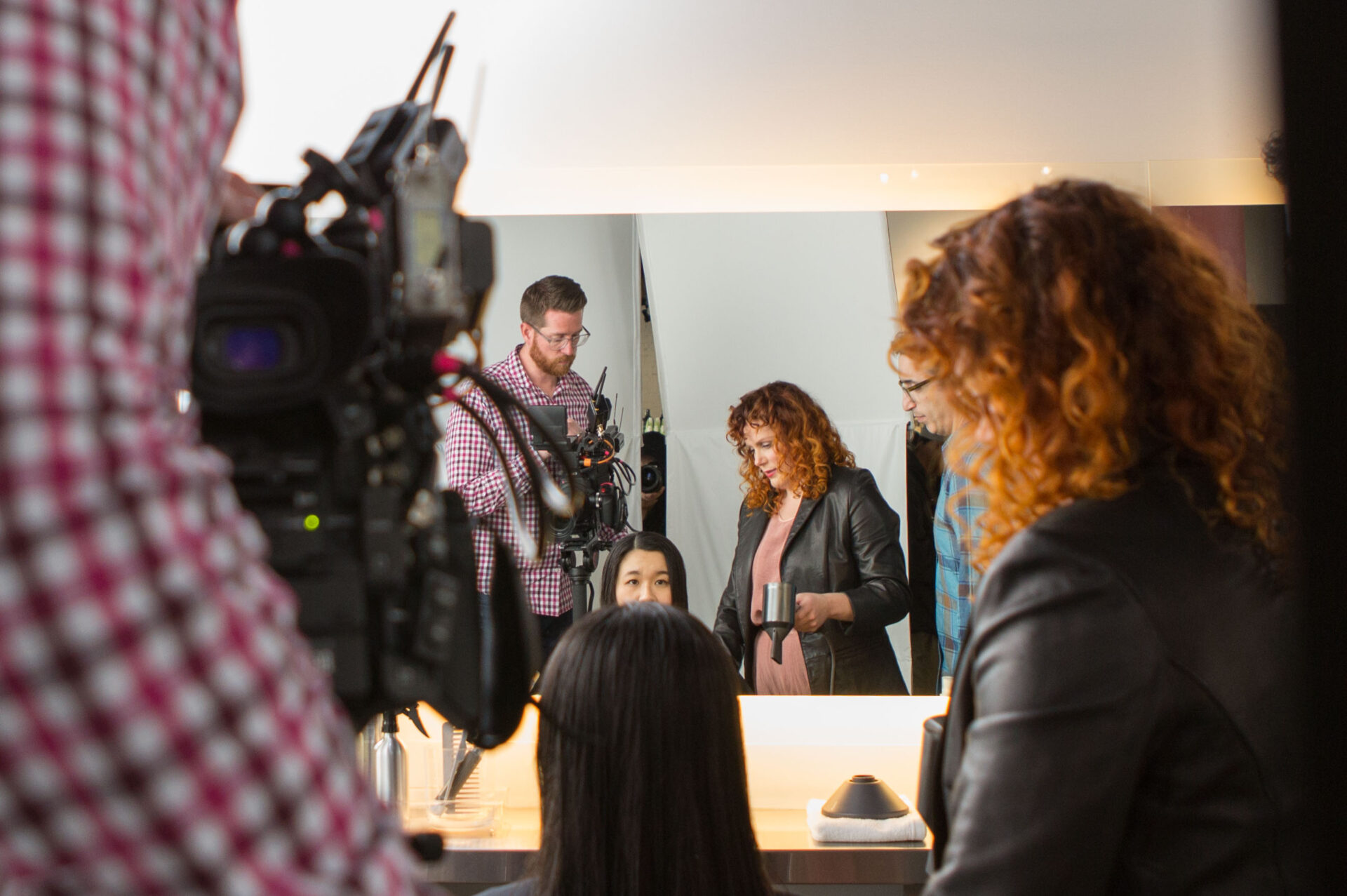We live in a time when a viral video can launch a brand into a new stratosphere of awareness.
But that kind of reach doesn’t happen without proper planning.
Your business can leverage the power of video to win passionate brand advocates and garner the attention needed to generate a return, but everything has to align accordingly.
Having the right strategy and hiring a properly equipped video marketing team will get your content on the right platforms, effectively leverage your resources, and follow the proper phases to drive real results.
Let’s dive into the phases of video production that’ll help you create compelling visuals that convert passive viewers into loyal customers.

Importance of Video Content
Video is an effective tool for growing your brand awareness and getting your audience excited about your products and services. If a picture can say a thousand words, then a video can speak infinitely.
A great video will meet your viewers where they are, making it easier for them to connect with your message. Maybe that’s why the average American household spends more than 43 hours a week watching videos across all internet-connected devices. It’s no surprise that compelling video visuals allow your brand to tell stories that evoke emotion, generate excitement, and spark action.
Like making your favorite dish, if you follow the recipe correctly, you can make a masterpiece. Here are the phases of video production that will help you create visual content that makes your brand stand out.
Stages of Video Production
Almost everyone has their own process for making video content. Still, there are stages in video production that are more or less universal and essential to the success of any video marketing campaign.
Let’s take a closer look at them:
1. Pre-Production
Pre-production is one of the most critical and complex phases of video production. It’s when you plan everything, from story ideas to the project budget.
Follow along as we highlight the key elements of the pre-production phase that will set your video production project up for success:
- Finalize the Strategy, Technical Aspects, and Budget: In this first stage of pre-production, the focus is on identifying the key components of your project. This is the time to ensure you have the necessary people, tools, and budget in place. Now is when you want to account for variables that could adjust your budget, such as location changes, unexpected equipment needs, or schedule adjustments.
- Develop Your Ideas: The development stage is one of the most exciting stages in video production because your creative juices are flowing! The focus should be on figuring out who the target demographic for the video is and how best to reach them. Essential questions to ask during the development phase include:
- Who is the intended target of the video campaign?
- What is the purpose of the video?
- To promote?
- To advertise?
- To educate?
- To entertain?
- To motivate?
- What reaction or emotion do you hope to elicit from your target audience?
- Laughter?
- Thoughtfulness?
- Curiosity?
- Inspiration?
- Storyboard the Vision: Storyboarding is a key process in the pre-production phase. A storyboard consists of sketches of each scene arranged in chronological order with accompanying notes. Like a blueprint, it allows your creative team and other stakeholders to see how the video will look before production begins.
- Handle the Logistics: Logistics is another vital part of the pre-production process. This is when your production team covers key details, such as securing the location and necessary equipment, confirming the talent, and scheduling the production. Once everything is in place, you can focus on the production phase.

2. Production
The more thorough you are in the pre-production phase, the more seamless things will flow during production, which is the heart of it all. This is when strong time management, project management, and resource planning all come into play. Through careful planning and creative visualization, you can tell your story effectively and efficiently.
Nowhere is the phrase “time is money” more relevant than during the production process and, of course, on a video set. Sticking to the shooting schedule is essential to keeping both your timeline and budget on track.
Here are some key things to note during this phase:
- Scout your location beforehand. This allows you to prepare what sound and lighting equipment you’ll need correctly. Scouting also provides an opportunity to see what, if any, obstacles may present themselves during shooting.
- Ensure you have enough time for scene and lighting setups. Since you’ve scouted the location, it should now be easy to plan accordingly for the time needed to set up and coordinate day-of lighting. Whatever you do, prepare for extra time, just in case.
- Double-check your gear and backups. Before shoot day, make sure all your equipment, such as cameras, mics, batteries, memory cards, lighting, and cables, are fully functional and accounted for. A forgotten adapter or dead mic can derail an otherwise smooth production.
As production kicks into full gear, the set is usually abuzz on shooting days. It’s common for actors, directors, producers, hair and makeup stylists, set design specialists, and others to be on demand, depending on your needs.
Communication with your talent, production crew, and marketing team is vital to ensure everyone is in the right place at the right time. Also, you need to be accessible and available to provide guidance when needed.
Remember, the type of video project you’re creating will significantly affect the complexity of the video production phases. For example, an effective explainer video may take several hours to shoot, whereas a traditional television commercial could take anywhere from a day to several weeks.
Feeling unsure about managing all these moving parts? Consider hiring a video production company. A seasoned team can manage logistics and keep your project on schedule, on budget, and true to your vision while you sit back and wait for the results!

3. Post-Production
If you’re a fan of magic, then you’ll love the post-production phase. During this phase, your team will enhance your video with exceptional audio and visual effects to maximize the production’s emotional impact.
Common steps of this process include:
- Adding music
- Animations
- Incorporating B-roll footage
- Color grading
- Spotting and eliminating errors
- Feedback from stakeholders
- Final edits
This phase is where your video editors will fine-tune what people will see on their screens, making it one of the most critical phases of video production. It can be the difference between a video that people scroll past and one they can’t stop watching.
Now, on to the good stuff…

4. Marketing and Distribution
Here, we are in the final stages of video production, and one that is often an undervalued part of the process. After all, what good are all the other stages if your video never hits its intended goals?
This is where your video marketing team should step in. It’s their job to distribute the video to the proper channels to reach the target demographic.
If a video is for a younger audience, Instagram and TikTok may be more appropriate platforms. If it’s a B2B video, LinkedIn is probably the best channel for distribution.
If you’re posting your video on YouTube or embedding it on your website, your content team should optimize it with the correct header, tags, and meta description to boost visibility.
And if you’re investing in paid advertising, it’s critical to have a team that understands how to target the right audience and maximize your reach.
This phase is essential. Don’t skip it or treat it as an afterthought.
It’s how you’ll prove ROI. With the right marketing team and a solid strategy, your video should not only reach the right audience but also spark their interest and drive action.
Conclusion
Although every production company may have its own approach and processes for video making, the main objective of all video production phases is to provide a framework that promotes preparation, creativity, and synergy. An effective video is the result of a team effort built on the foundation of thorough processes that prioritize execution and client satisfaction.
At Bottle Rocket Media, we pride ourselves on creating engaging videos for our clients that impact their intended target audience. We live for helping organizations and individuals form deeper bonds with their audience through the power of video. Contact us to see how our video production services can help bring your vision to life.


